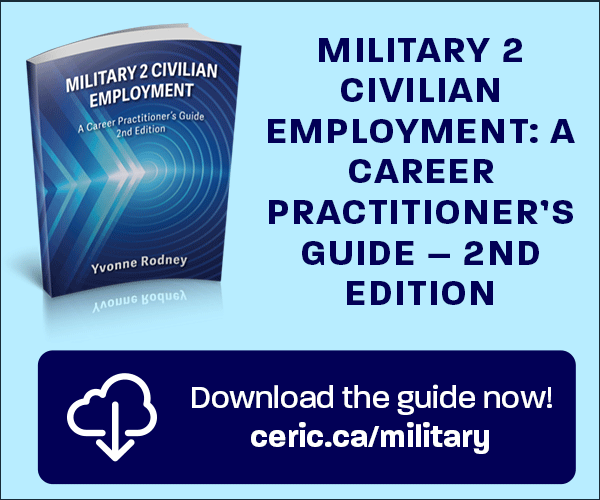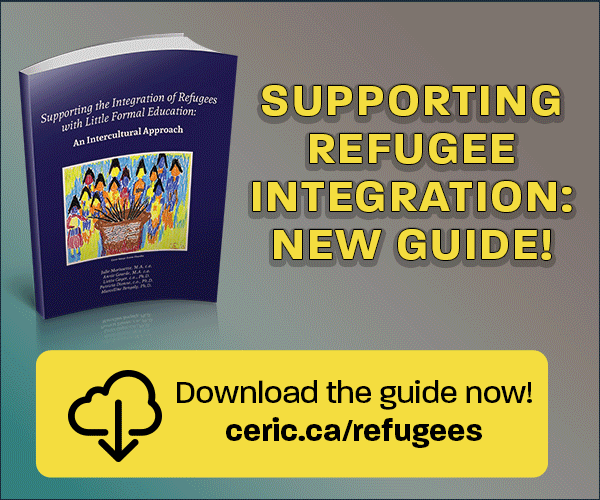Mentoring as a Career Guidance Activity: Fostering Non-traditional Career Exploration for Girls
Keywords:
mentoring, career guidance, non-traditional career, career exploration, girlsAbstract
This paper reports on a short term mentoring project conducted in the Australian state of Queensland to foster non-traditional career exploration for girls in the communications/information technology industry. The aim of the study was to evaluate the possibilities of a short term mentoring program to foster girls’interest in a non-traditional industry. In addition it sought to examine the viability of mentoring as a career guidance activity in schools. The findings indicate that mentoring could be a worthy addition to the repertoire of career guidance activities offered by schools and that it is a valuable process in promoting non-traditional career exploration for girls.
References
American Association of University Women Educational Foundation. (2000a). Gender gaps: Where schools still fail our children: Executive summary. Retrieved July 23, 2002 from http://www.aauw.org
American Association of University Women Educational Foundation. (2000b). Tech-Savvy: Educating girls in the new computer age. Retrieved July 23, 2002 from
http://www.aauw.org/2000/techsavvybd.html
American Association of University Women Educational Foundation. (2000c). Tech-Savvy: Tech-Savvy: Educating girls in the new computer age: Executive summary.
Retrieved July 23, 2002 from http://www.aauw.org/2000/techsexecsum.html
Anderson, N. (2000). Why aren’t Australian girls getting into IT? Retrieved July 23, 2002 from http://www.schools.ash.org.au/litweb/gender/html
Daws, L. (1995) To fields of tall poppies: The mentored pathway. In Limerick, B., & Lingard, B. Gender and Changing Educational Management (pp.95-105 ), NSW:
Hodder Education.
Gilbert, P. (2001). Redefining gender issues for the twenty-first century: Putting girls’ education back on the agenda. Curriculum Perspectives, 21(1), 1-7.
Hansford, B., Tennent, L., & Ehrich, L. (2000). Mentoring in educational contexts, Paper presented at AARE Conference in Tasmania, Australia.
Levinson, D., Darrow, C., Klein, E., Levinson, M., & McKee, B. (1978). The seasons of a man’s life. New York: Ballantine Books.
Lewis, G. (1996). Mentoring Managers – Strategies for fostering talent and spreading knowledge. Edinburgh: Prentice Hall
Limerick, B., Heywood, E., & Daws, L. (1994). Mentoring: Beyond the status quo? Mentoring, networking and women in management in Queensland. Brisbane: Department of Business, Industry and Regional Development.
Limerick, B., & Mellish, E. (2001) Mentoring and appreciative inquiry. Appreciative inquiry online. Retrieved July 23, 2002 from http://www.aileadership.com
Maresca, M. (1999). Mentoring as a career development tool. Australian Journal of Career Development, 8(2), 8-10.
McCowan, C., & McKenzie, M. (1997). The guide to career education. Sydney: New Hobsons Press.
McMahon, M., Limerick, B., & Gillies, J. (2002). Structured mentoring: A career and transition support service for girls. Australian Journal of Career Development, 11(2), 7-12.
McMahon, M., Limerick, B., & Gillies, J. (2003). Structured mentoring: A career guidance activity for school students. In M. McMahon, & W. Patton (Eds.), Ideas for career practitioners: Celebrating excellence in Australian career practice (pp. 122-129). Brisbane: Australian Academic Press.
Mentoring Australia. (2000). Mentoring: Benchmarks for effective and responsible mentoring programs. Retrieved July 23, 2002 from http://www.mentoring-australia.com
Monaghan, J. (1992) Mentoring: Person, process, practice and problems. British Journal of Educational Studies, XXXX (3), 248-263.
Newmarch, E., Taylor-Steele, S., & Cumpston, A. (2000). Women in IT – what are the barriers? Paper presented at the Network of Women in Further Education Conference Showcase of Strategies for Women in Education on Information Technology conference. March.
Office of Women’s Policy. (1999). A social and economic profile of women in Queensland 1999. Queensland Government.
Queensland University of Technology Career Mentor Scheme, Careers and Employment. (2000). Career mentor scheme information sheet (Brochure). McCowan, C: Author.
Queensland Working Women’s Service Inc. (1999). Women, jobs and training: A stepping stones project. Submitted to DETIR. August.
Shea, G. F. (1994). Mentoring: Helping employees reach their full potential. New York: American Management Association, Memberships Publications Division.
Simonsen, P. (1997). Promoting a development culture in your organization: Using career development as a change agent. California: Davies-Black.
Theobald, K., Nancarrow, E., & McCowan, C. (1999). Career mentoring: A career development enhancing strategy for university students in transition to employment. Australian Journal of Career Development, 8(2), 3 – 7.
Tobin, L. (2000a). Mentoring: Benchmarks for effective and responsible mentoring programs. Retrieved July 23, 2002 from http://www.dsf.org.au/projects/pro
Tobin, L. (2000b). What makes a great mentoring program? Highlights of USA study tour November 1999. (On-line). Available: www.dsf.org.au

Downloads
Published
How to Cite
Issue
Section
License

This work is licensed under a Creative Commons Attribution-NonCommercial-NoDerivatives 4.0 International License.
















